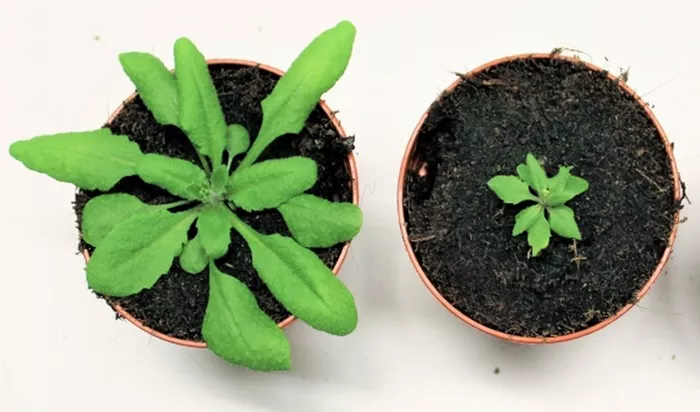A new study highlights the environmental impact of commercialized New Age rituals, particularly those involving the burning of dried plant bundles. Researchers from Utrecht University, led by Isabela Pombo Geertsma and Anastasia Stefanaki, in collaboration with Wageningen University and Naturalis Biodiversity Center, found that these bundles often contain non-native plants that may contribute to ecological harm.
In their research published in the journal Plants, the team discovered that many smudge sticks sold in the Netherlands contain white sage (Salvia apiana), a plant native to North America. The increased demand for this herb has raised concerns about unsustainable harvesting practices.
For centuries, various cultures have burned dried plant material in religious ceremonies. The smoke created during these rituals is used to establish a sacred atmosphere or to connect with ancestors and spirits.
In North America, Indigenous communities have traditionally used bundles of dried plants, known as smudge sticks, in their ceremonies. These bundles are ignited at one end, and the smoke is believed to purify spaces, especially after illness, or to promote success in activities like hunting. Different Indigenous groups utilize a range of plants, including sweetgrass and white sage.
Adoption by Modern Practices
The use of smudge sticks has gained popularity among New Age practitioners in recent years. Geertsma, a Ph.D. candidate studying plant use among witches, discovered this trend during interviews with modern witches.
“Many modern witches told me they use smudge sticks, but I found that they are more frequently employed in the New Age movement to cleanse spaces of unwanted energies,” Geertsma explained.
Unsustainable Harvesting Concerns
Geertsma grew concerned about the plant contents in commercially available smudge sticks, particularly in light of evidence indicating that plants used by North American cultures are being harvested unsustainably due to global demand. Notably, no prior research had been conducted on the types of plants found in smudge sticks sold in Dutch retail stores.
The study revealed that 10 out of 29 examined bundles contained white sage, alongside other North American plants, including various species of Artemisia. Co-author Berber Zandstra gathered the majority of the smudge sticks for her Honors thesis at Wageningen University.
Impact on Indigenous Communities
The potential overharvesting of white sage poses risks not only to the plant itself but also to Native North American communities that rely on it for traditional ceremonies. Unfortunately, many Dutch consumers purchasing these smudge sticks remain unaware of these negative implications.
Dutch buyers often choose white sage because of its traditional significance, but the commercialization of New Age practices has made it widely available in retail outlets.
Disconnect from Nature
Interviews with Dutch smudge stick users revealed that few individuals collect plants themselves. Geertsma noted, “People express a desire to connect with nature, yet they often purchase items sourced from distant locations.” Some participants even mentioned that they believed American plants worked more effectively or had a more appealing scent.
Traditional Practices in the Netherlands
The researchers also pointed out that many Dutch individuals have limited knowledge of native plants and their traditional uses. Geertsma commented, “People frequently claim that such traditions do not exist in the Netherlands, but they do. In southern regions, dried and blessed plants were burned for protection during thunderstorms.”
Older interviewees recounted how, during storms, their parents would toss parts of dried plants hanging by the front door into the fire, allowing the smoke to fill the house and escape through the chimney as a protective measure.
Local Alternatives
The study identified suitable native alternatives to North American plants, such as common mugwort, common sage, and chamomile.
Geertsma concluded, “There are many local wild and garden plants that can be used for burning. Consider lavender, rosemary, tansy, and rose, which have familiar scents and evoke specific associations for many people.”
Related topics:
- Growing with Nature: My Journey to Mastering Native Plant Gardening from the Pros
- Kikwetu Flowers: More Than Premium Roses—A Commitment to Sustainability and Social Welfare
- Diwali 2024: Inspiring Ideas to Transform Leftover Puja Flowers into Beautiful Creations


